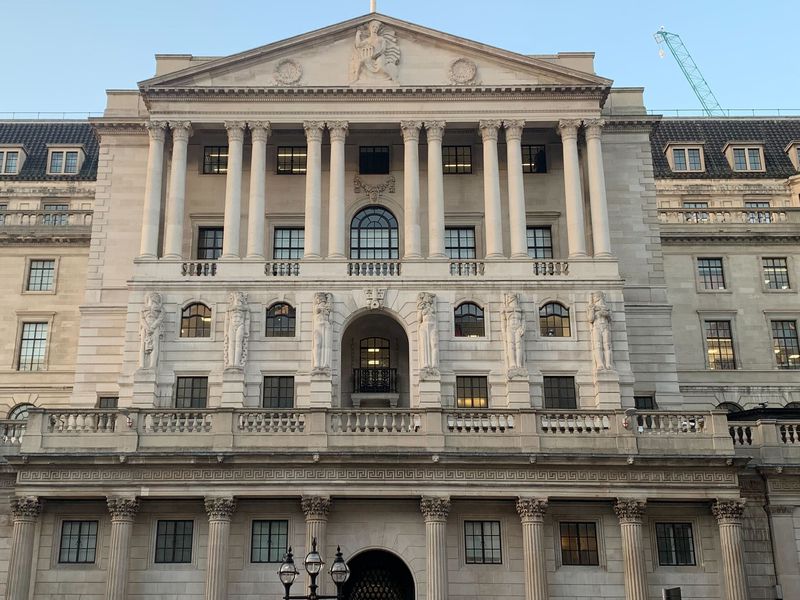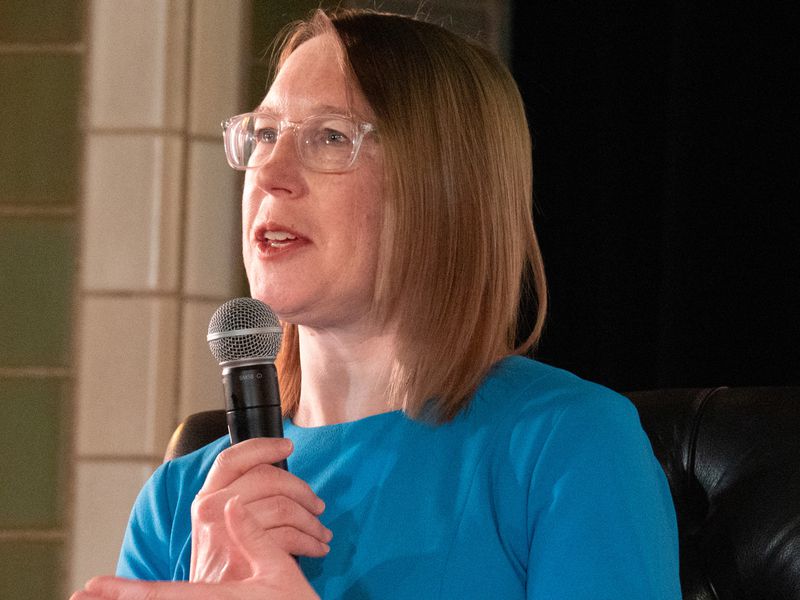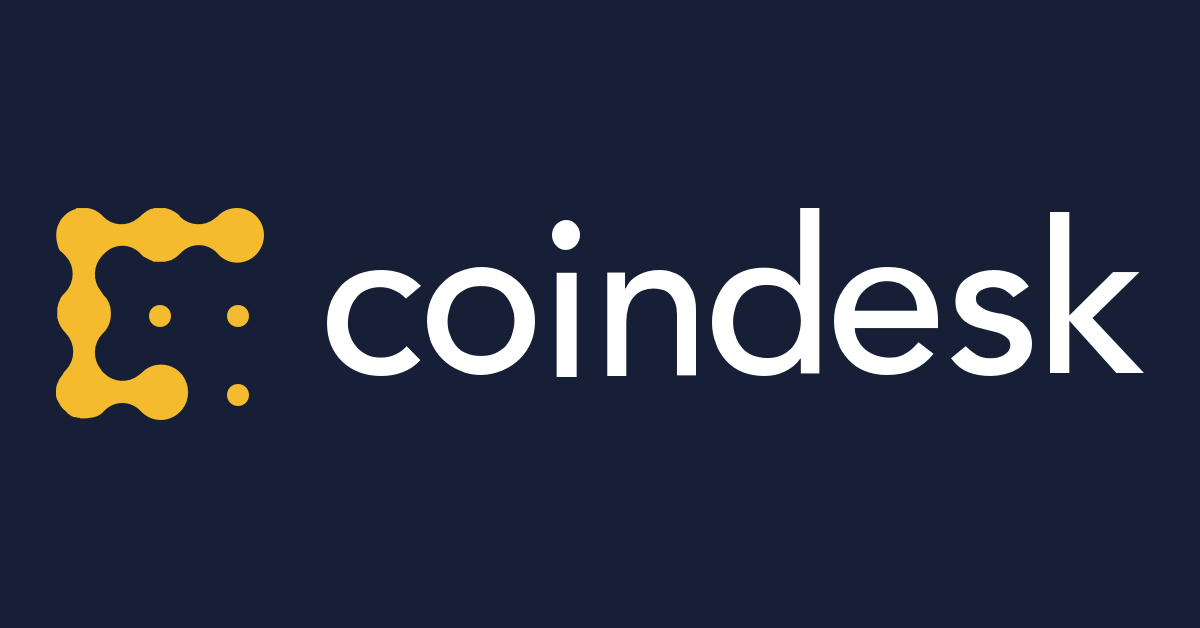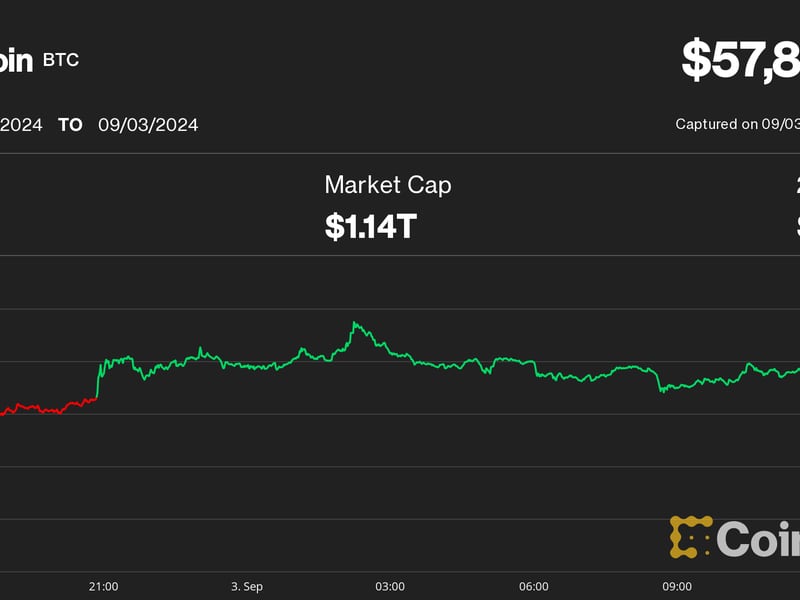SEC Produces Evidence That Telegram Kept Selling Tokens After $1.7B ICO
SEC image via Shutterstock
At least two entities invoiced Telegram for commissions from selling the company’s tokens in the summer of 2018, months after the company’s initial coin offering (ICO), newly released documents show.
The U.S. Securities and Exchange Commission (SEC), which filed the documents Friday in its ongoing court case against Telegram, said the evidence of post-ICO sales undercuts the company’s argument that the offering was exempt from registration requirements.
Investment fund Da Vinci Capital and another entity called Gem Limited requested commissions of $209,783 and $1.1 million, respectively, for “subsequent sales” of purchase agreements for grams, the future tokens for Telegram’s blockchain project TON, the filings show.
According to the invoices presented by the SEC, Da Vinci Capital sold over $2 million worth of grams to a fund managed by its portfolio company, ITI Funds, on June 20, 2018. Gem Limited sold 7.8 million euros ($8.6 million) worth of grams to a firm named Goliat Solutions and $4.5 million to Space Investments Limited on July 2, 2018.
Both sales took place after the offering of grams, which Telegram maintains was exempt from registration under Regulation D, was completed in February and March 2018.
Da Vinci Capital’s investment director Denis Efremov declined to comment. Gem Limited was unavailable for comment at press time.
The filings joined a massive trove of documents the SEC has submitted to the U.S. District Court for the Southern District of New York to support its allegation that grams were illegally sold as unregistered securities, which Telegram has denied.
“These documents undermine Telegram’s claimed affirmative defense that the Offering was exempt under Regulation D. First, Telegram either raised more than the $1.7 billion for which it claimed an exemption, or it did not raise $1.7 billion as of March 29, 2018 and the later funds may have been raised through underwriters,” an earlier SEC filing said, referring to the invoices.
The SEC’s argument is that under Regulation D, the issuer should take reasonable steps to ensure the purchasers don’t act as statutory underwriters (i.e. aren’t selling securities for the issuer for commissions), said Philip Moustakis, a counsel at Seward & Kissel and former senior counsel at the SEC.
In this case, the regulator is saying the companies that invoiced Telegram did exactly that, while Telegram argues that the commissions were finders’ fees to non-U.S. persons and entities for introducing grams to other investors, Moustakis said.
Telegram raised $1.7 billion in the pre-sale of future tokens of the TON project in February and March 2018. The purchase agreement prohibited investors from reselling their grams, but a secondary market emerged soon anyway. However, there were previously no public indications of Telegram’s approval of the later sales.
The SEC sued Telegram in October, ordering it to halt the launch of TON. The regulator is set to meet Telegram in court on Feb 18-19.
In the meantime, the SEC requested full banking records of Telegram regarding the token sale proceeds. On Jan. 9, Telegram asked the judge to grant the company five to seven weeks to prepare the documents to avoid privacy infringement.
Disclosure Read More
The leader in blockchain news, CoinDesk is a media outlet that strives for the highest journalistic standards and abides by a strict set of editorial policies. CoinDesk is an independent operating subsidiary of Digital Currency Group, which invests in cryptocurrencies and blockchain startups.









